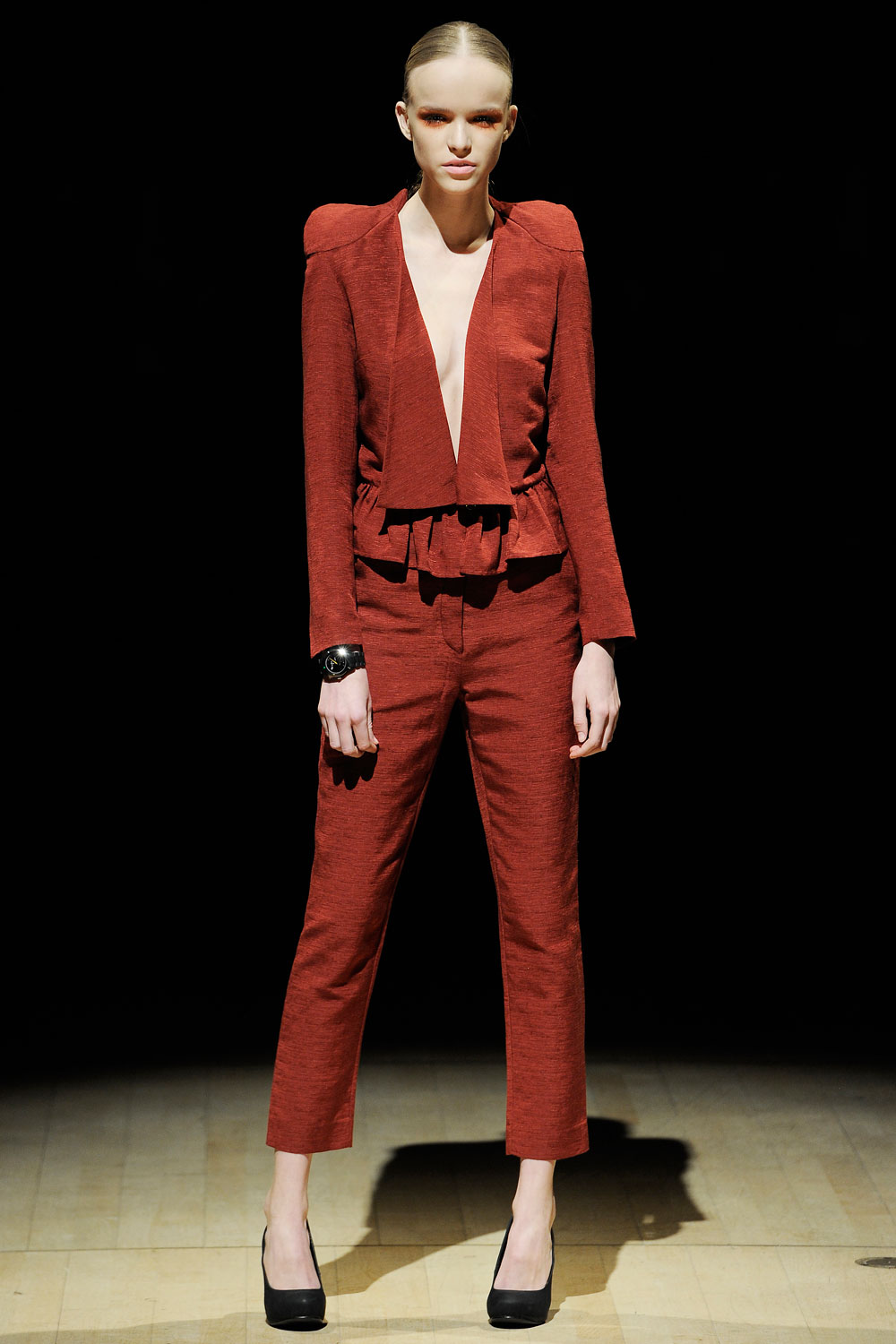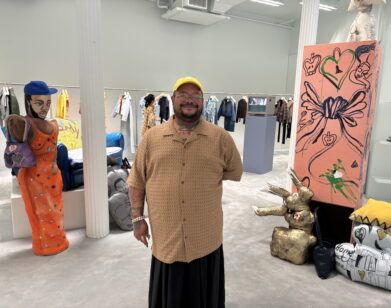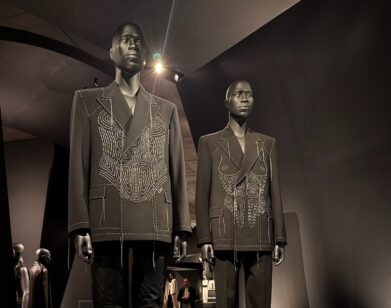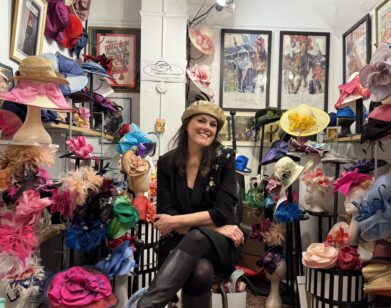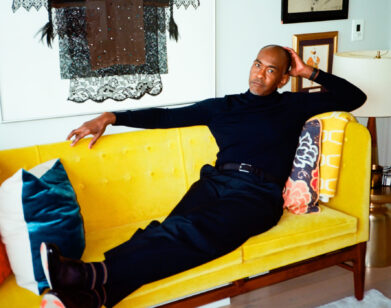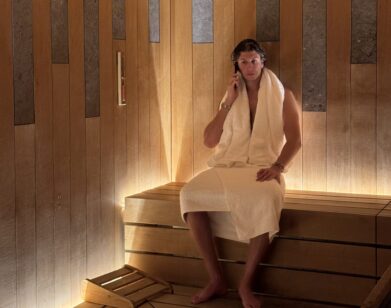Something’s Fresh in Denmark: Copenhagen Fashion Week’s Great Danes
Appreciating fringe fashion weeks usually requires some cultural context. But Copenhagen Fashion Week fits so seamlessly within its city that is should be a role model for emerging style showcases. Its five fairs and four days of main catwalk shows and offsite events are chosen to offer ample platforms for the full range of Scandinavian design. While Copenhagen’s City Hall is the core setting, other shows take place throughout the city, at cultural centers including the Danish Royal Danish Academy of Music and ornate Nima hotel. In addition to the three-dimensional events at which the public is welcome, the shows are broadcast in real time on large TV screens, where excited bystanders join the 60,000 international visitors reveling in the local talent.
Overall, the designers sought to produce dynamic yet viable garments, with sculptural and practical silhouettes. Henrik Vibskov, a master of combining surreal shows with realistic fashion, chose an industrial warehouse as the site for his theatrical catwalk presentation. Male and female models emerged on the catwalk, wearing his signature sharp mad-scientist glasses. The show climaxed with the models seated at a painted table holding matching hairdryers over berry-colored ices, beside pods made from parachute material from which jump-suited men had extracted potted plants. Yet the clothes themselves were admirably suitable for a more everyday dinner-party. Their brightly colored diaphanous layers were more artistic and rational—graceful and attractive—than scientific or mad.
A day into the schedule, Stine Goya kicked off the excitement with a show at the Music Hall, inspired by a South American puppet troupe whose life-sized wood puppets were recreated for the show. The minimalistic wooden creations were replicated in prints for his silk dresses and jumpsuits. Goya’s ball-shaped shoulders, oversized bows and high tulip skirts are hard to visualize on anyone less gorgeous than herself. But her berry, rust, and earthy shades are widely flattering.
Equally inviting are the accessible soft cuts and wintry palettes by Wood Wood and Soulland. Both labels moved past their sportswear roots to produce relaxed but intellectual collections. American Civil War private-ranking military uniforms inspired Soulland’s menswear, whose models wore wool coats, ponchos and relaxed trousers with unobtrusive costume references. Wood Wood provided an army of male and female models enveloped in blanket-like coats and Sherpa-style headscarves over fragile, light under-layers. Both brands were pragmatic about Danish weather, but still aesthetically interesting.
Less challenging but still well executed were the array of commercial labels. Margit Brandt’s nod to ’40s femme fatales included models throwing whiskey glasses in a jazz café. And YDE’s princess-friendly show of models in Kopenhagen Fur and baby-doll dresses in opulent materials walked excruciatingly slowly through the Rococo hallway of the Royal Danish Theatre. Although the pace of these shows was hard on sugar-high visiting press, they still looked exciting to the crowds assembled around the city’s television screens, who were rightfully energized by Copenhagen Fashion Week in its entirety.

